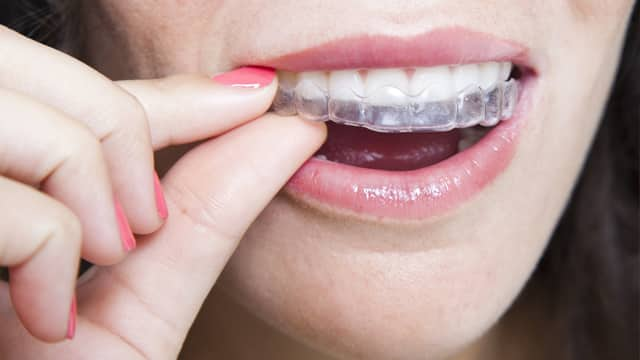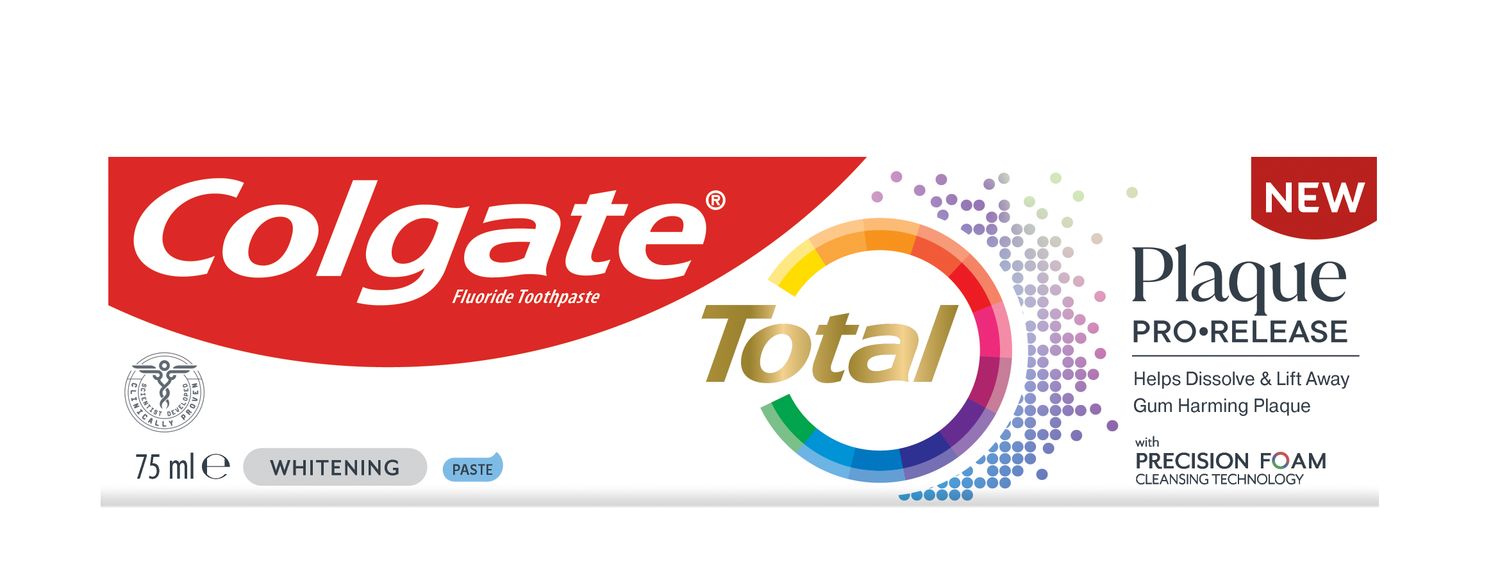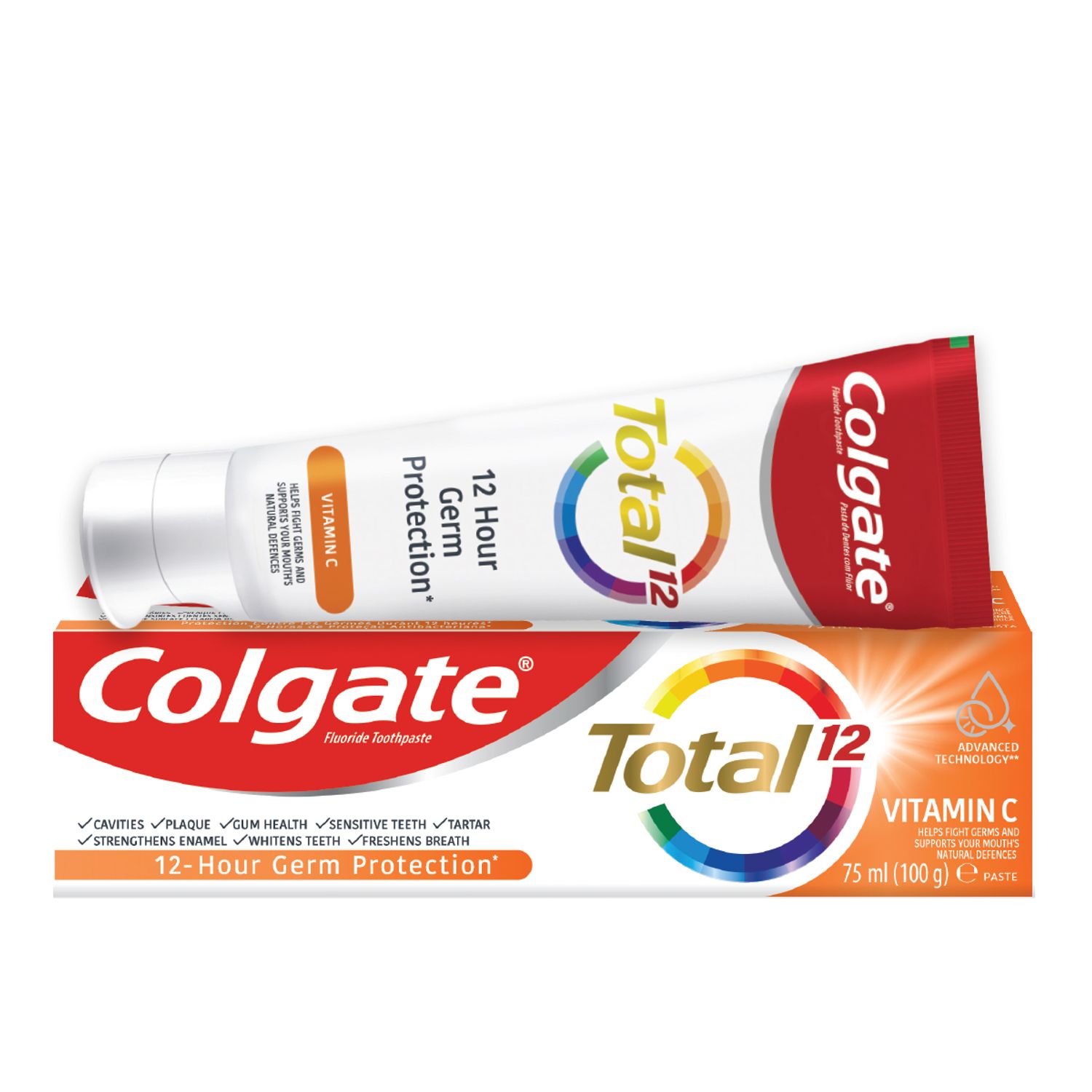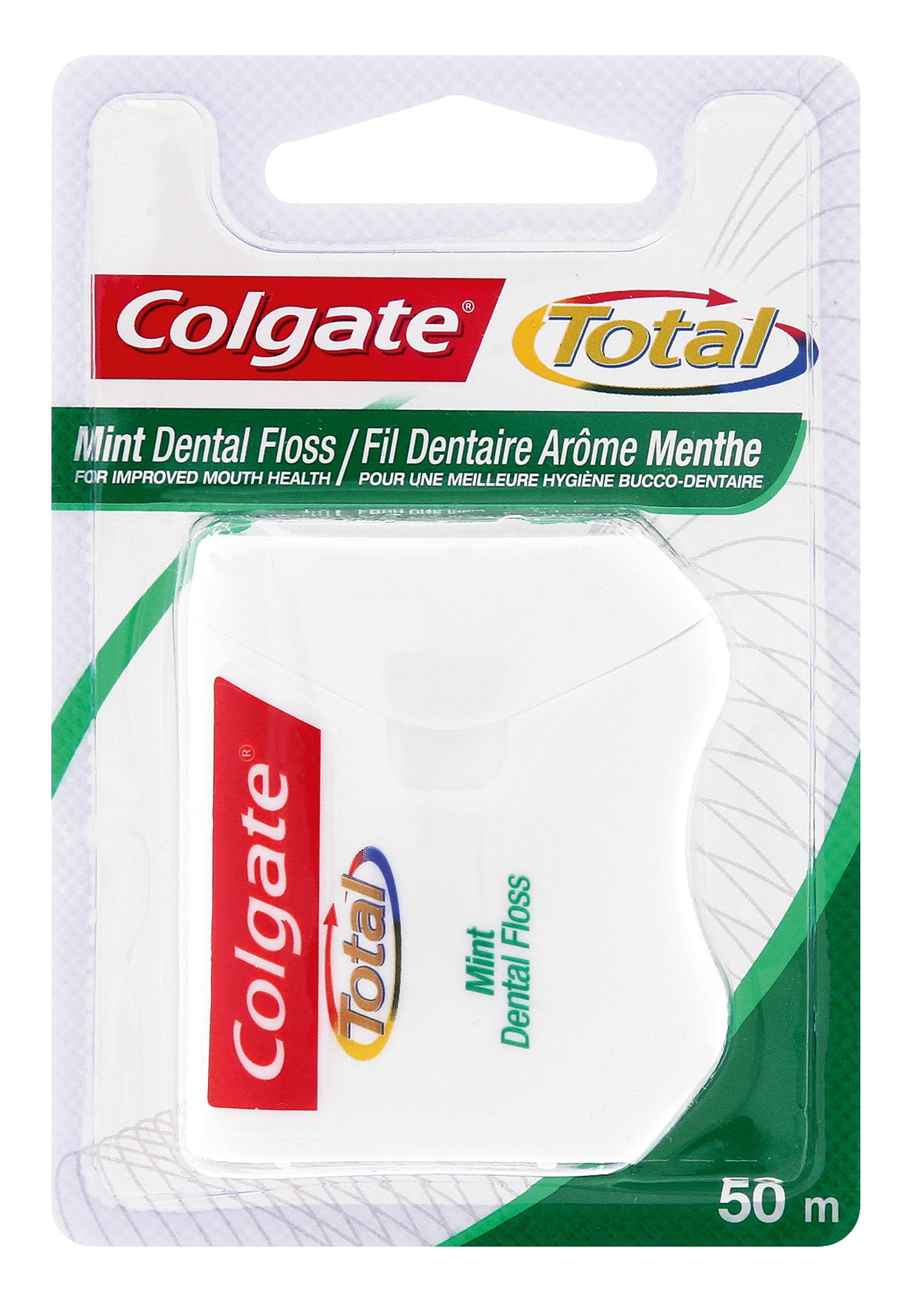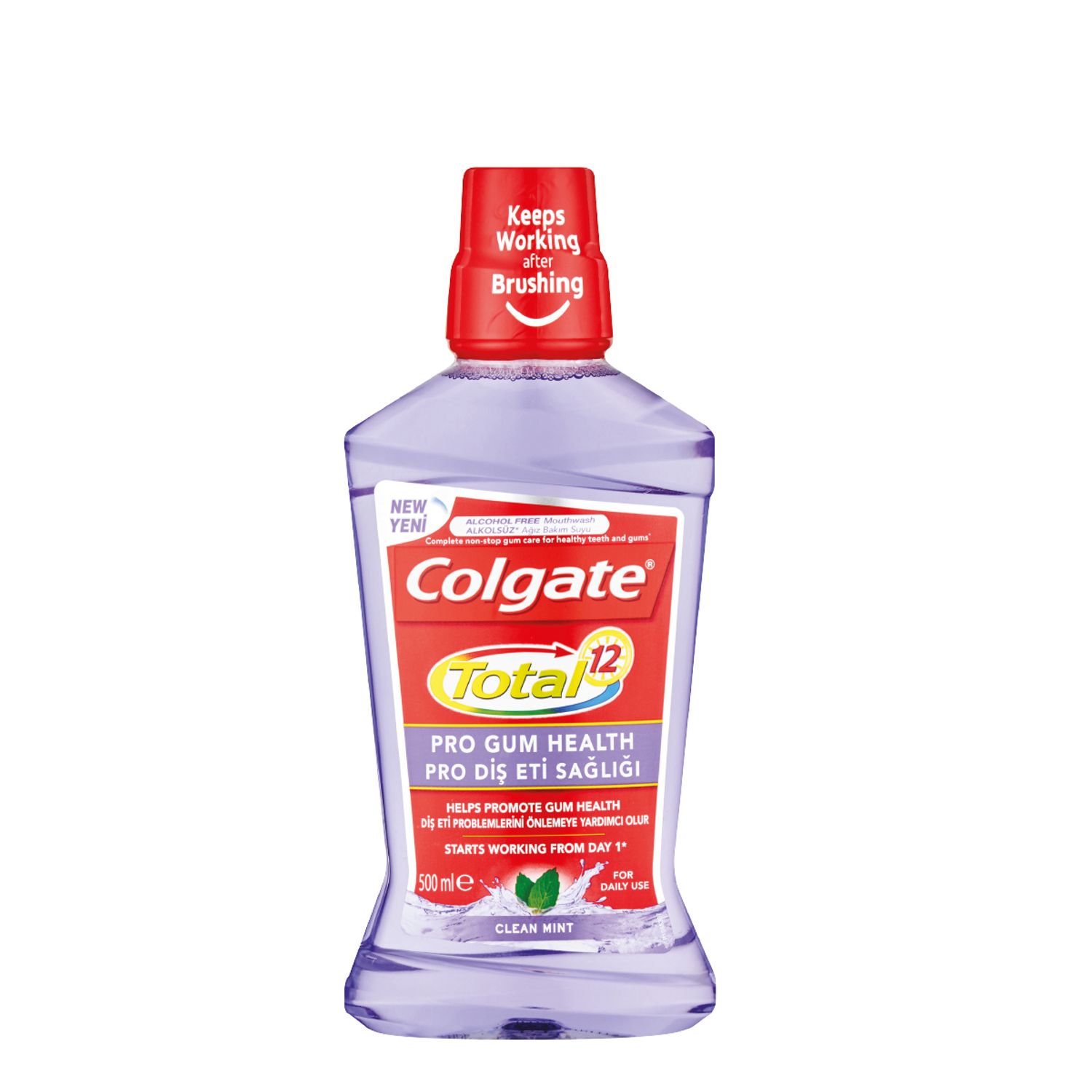-
-

CAVITIES
Can You Heal A Cavity At Home?You feel a sharp pain when you bite down or try to eat. You think it's a cavity, but you're not 100 percent sure...

BAD BREATH
How To Cure Bad BreathMore commonly known as bad breath, halitosis is an embarrassing hygiene issue that nobody wants, but some of us get every now and then...
-
Science & Innovation


Why are more adults getting braces?
As braces have become less bulky and visible in recent years, more and more adults are wearing them, for a variety of reasons. Some adults want to correct problems with their teeth or jaws before they cause serious or further damage. Others want to feel better about their appearance by addressing longstanding cosmetic concerns. Keep in mind that even "cosmetic" problems can cause real damage over time. Teeth and jaws that are not aligned properly can lead to premature wear and tear, advanced tooth decay and gum disease, dentures or other reconstructive solutions and even more extensive surgery to correct serious problems.
New techniques and the advent of clear, less noticeable braces means that adults are increasingly turning to braces to correct:
Gaps between teeth (spacing)
Teeth that push against one another (crowding)
Crooked teeth
Overbites
Underbites
Crossbites
How do I know if adult braces are right for me?
If you think you might benefit from braces, ask your dentist to recommend an orthodontist — someone specially trained to fix problems with teeth that are not aligned properly. The orthodontist will look at your teeth and maybe take X-rays to study the underlying bone structure. Based on what he or she finds, a treatment plan will be recommended. While braces are a popular option for fixing misaligned teeth, an orthodontist can tell you whether you may benefit more from other types of orthodontics like removable retainers, headgear or aligners.
11/15/2010
Related Products

Helping dental professionals
More professionals across the world trust Colgate. Find resources, products, and information to give your patients a healthier future






